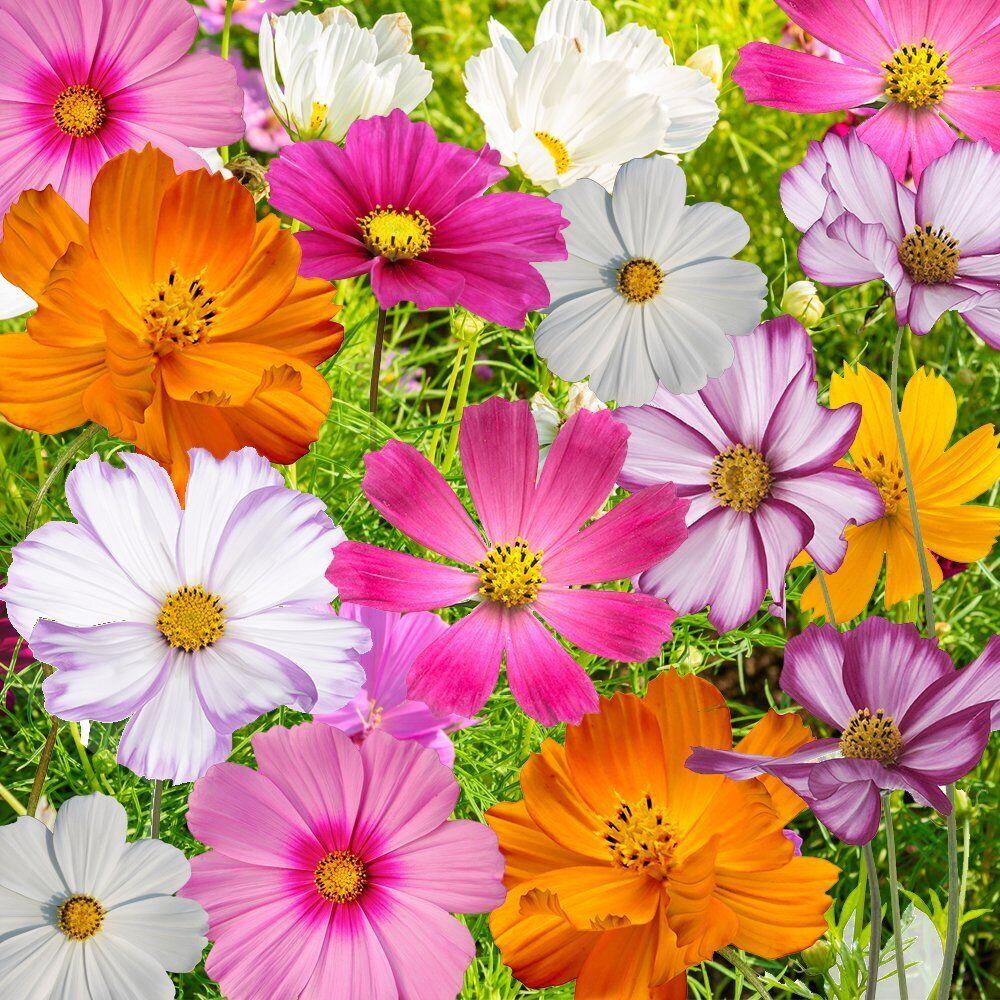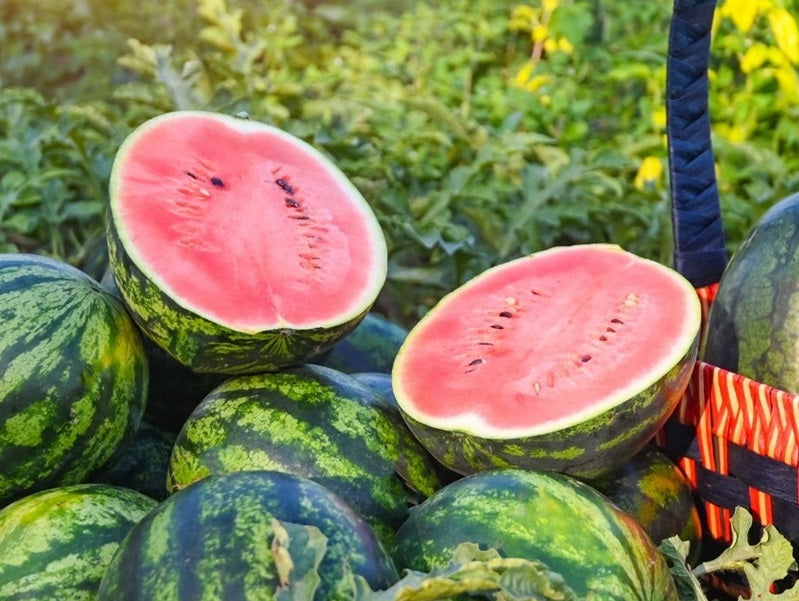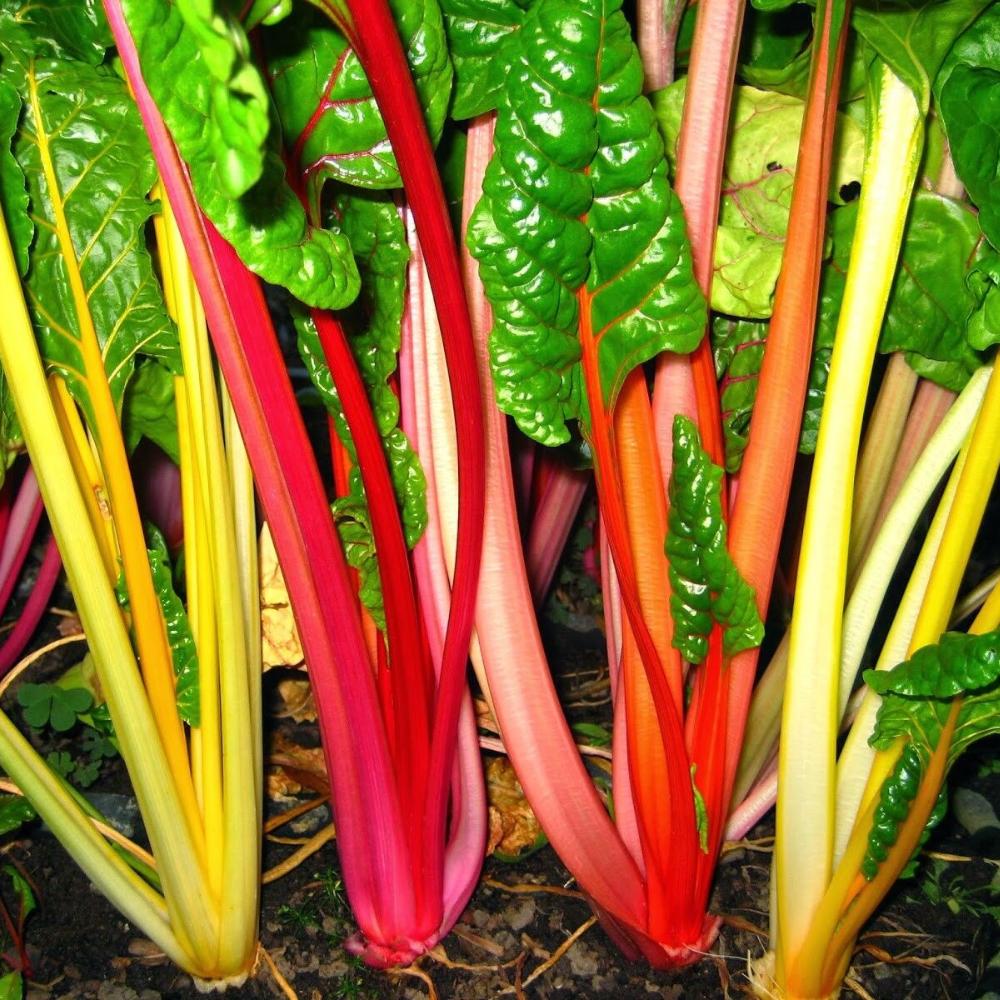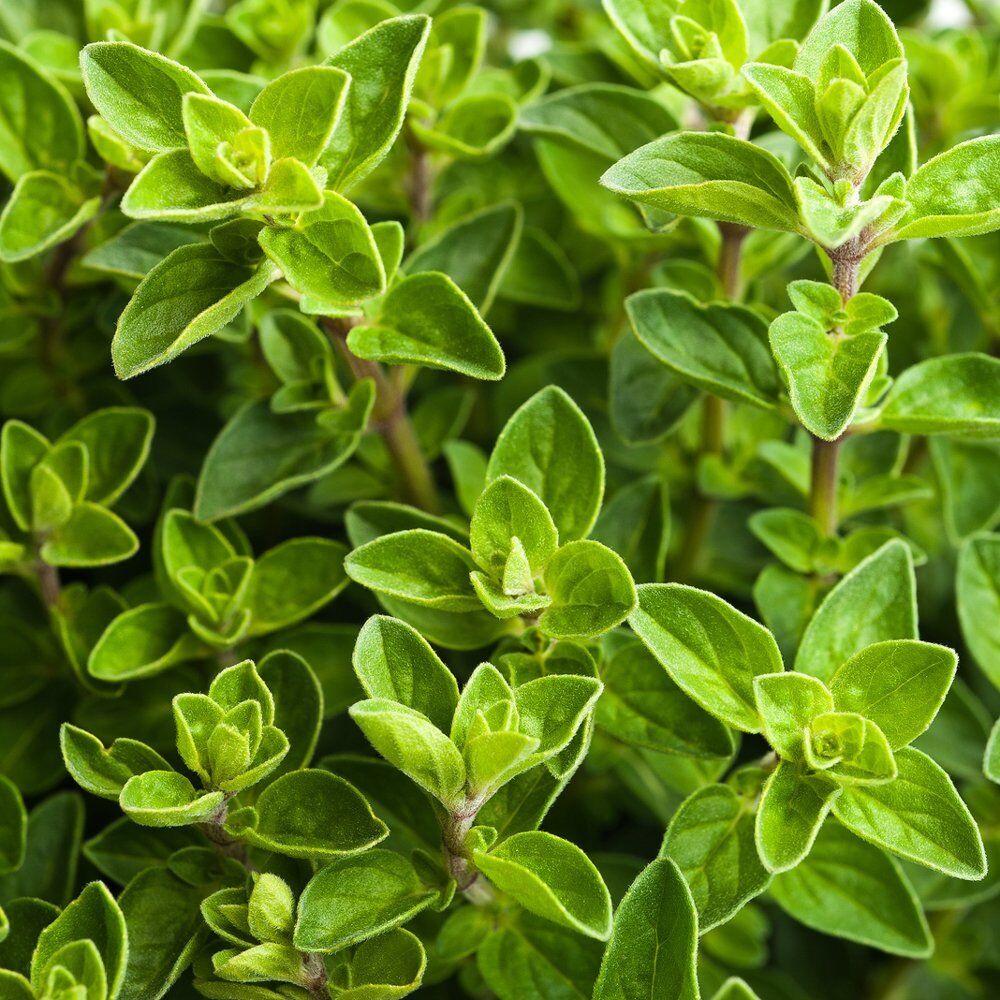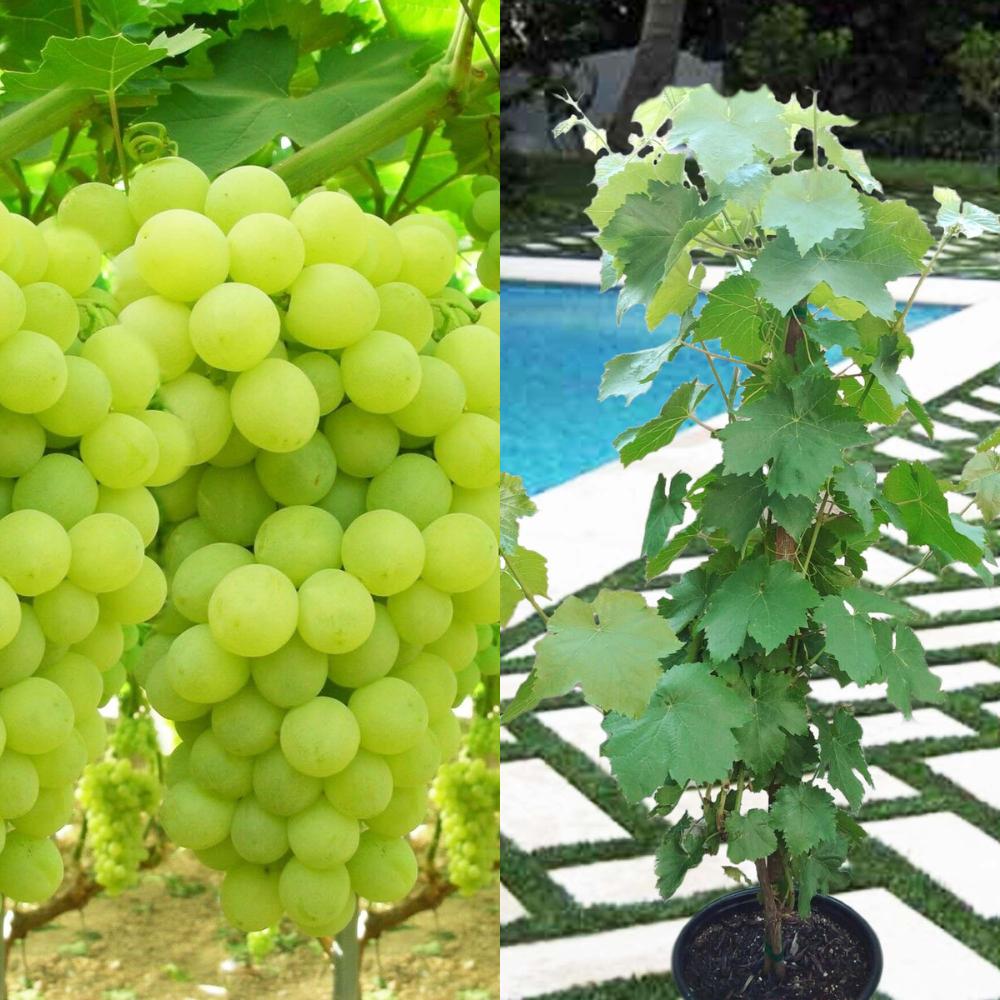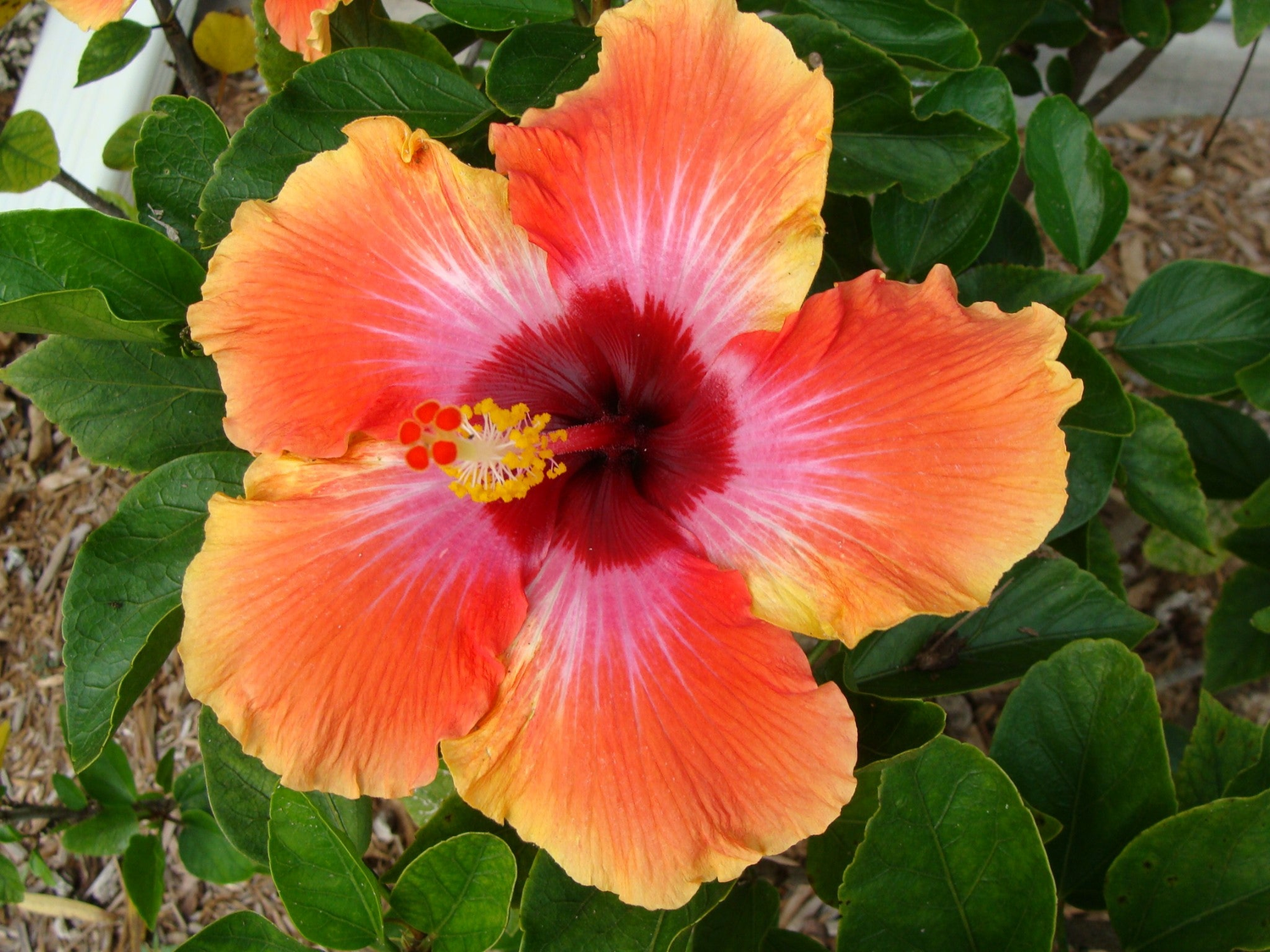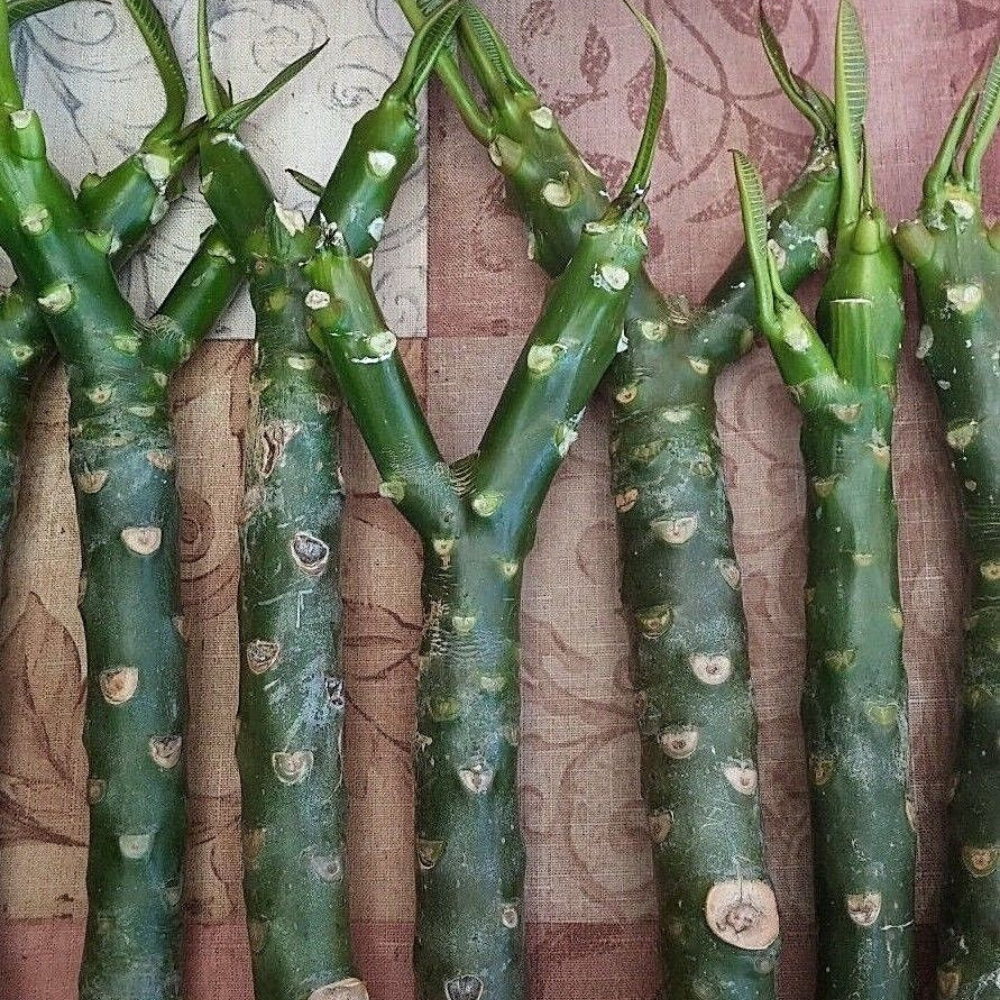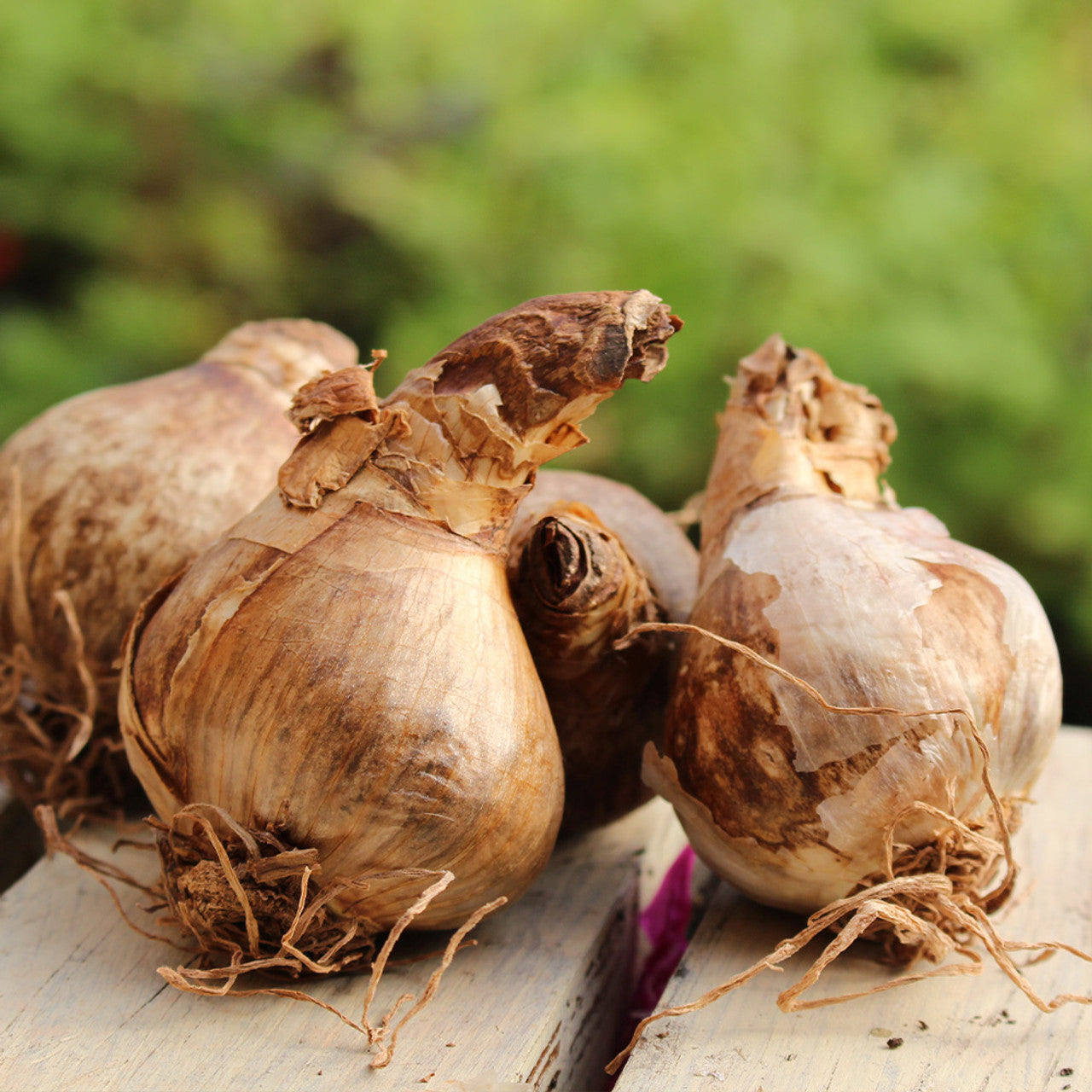
Zanthoxylum clava herculis, commonly known as the Hercules club, is a striking, hardy tree native to the southeastern United States. Famous for its unique, spiny fruits and robust growth, this tree also offers several health benefits, thanks to its medicinal seeds. Whether you’re a gardening enthusiast or looking to incorporate this plant into your landscape, knowing how to properly plant and care for Zanthoxylum clava herculis tree seeds will ensure success. In this guide, we’ll walk you through the process step by step, offering valuable tips for growing and nurturing this incredible plant.
What Is Zanthoxylum Clava Herculis (Hercules Club)?
Zanthoxylum clava herculis is a deciduous tree that can grow up to 20 feet tall, and it’s known for its thick, spiny trunk and fragrant seeds. The Hercules club is a member of the Rutaceae family, which also includes citrus plants. In nature, the tree grows in coastal and dry woodlands, often in areas with well-drained soil and full sun. The seeds from this tree have long been valued in traditional medicine, as they possess powerful antimicrobial and anti-inflammatory properties.
If you're looking to grow Zanthoxylum clava herculis in your own garden or backyard, follow these tips for planting, caring for, and maintaining the tree.
How to Plant Zanthoxylum Clava Herculis Tree Seeds
Growing Zanthoxylum clava herculis from seed is an exciting project that can lead to a beautiful, hardy addition to your landscape. Follow these essential steps to successfully plant your Hercules club tree seeds.
Zanthoxylum clava herculis seeds can be difficult to germinate, so it’s essential to prepare them properly before planting. The seeds often require a period of cold stratification to break dormancy and improve germination rates. Here’s how to prepare the seeds:
- Cold Stratification: Place the seeds in a damp paper towel and place them inside a plastic bag. Store the bag in the refrigerator for 30 to 60 days. This mimics winter conditions, allowing the seeds to experience the cold they need to sprout successfully.
- Soak the Seeds: After the cold stratification period, soak the seeds in warm water for 12-24 hours before planting. This helps soften the hard seed coat and promotes better germination.
Zanthoxylum clava herculis thrives in full sun but can tolerate partial shade. When selecting a planting location, keep in mind that the tree can grow large, so give it plenty of space. Choose a spot with well-drained soil, as the tree does not do well in soggy conditions. A sandy or loamy soil mix is ideal.
- Sow the Seeds: Fill a small seed tray or container with well-draining potting mix. Plant the seeds about 1/2 inch deep and space them about 3 inches apart. Lightly press the soil down to ensure good seed-to-soil contact.
- Water Gently: Water the seeds gently to moisten the soil, but avoid soaking it. Keep the soil consistently moist throughout the germination period. If you’re using a container or tray, make sure it has drainage holes to prevent water from accumulating at the bottom.
- Temperature and Humidity: Place the container or tray in a warm, bright location, ideally between 65°F to 75°F (18°C to 24°C). Maintaining a humid environment will encourage germination, so consider using a plastic dome or covering the tray with plastic wrap to retain moisture.
- Wait for Germination: Germination can take anywhere from 2 to 4 weeks, depending on conditions. Be patient, as some seeds may take longer to sprout. Once the seedlings emerge, remove the plastic cover and move them to a sunny spot with good airflow.
How to Care for Zanthoxylum Clava Herculis Tree Seedlings
Once your Hercules club seeds have successfully germinated, it’s time to care for your young seedlings. Here’s how to ensure they grow strong and healthy.
Zanthoxylum clava herculis prefers consistently moist soil, but it’s essential to avoid waterlogging. Water the seedlings regularly, especially during dry spells, but always allow the soil to dry slightly between waterings. The tree can tolerate short periods of drought once it’s established, but young plants will need a little more attention.
Fertilize the young plants with a balanced, slow-release fertilizer every 4-6 weeks during the growing season (spring through summer). After the tree matures, you can reduce fertilization since it is relatively low-maintenance and thrives in poor soil conditions.
Pruning is important to help Zanthoxylum clava herculis grow into a strong, attractive tree. Remove any dead, damaged, or crossing branches to improve air circulation and shape the tree. Prune in late winter or early spring, just before new growth begins.
Add a layer of mulch around the base of your tree to help retain moisture, suppress weeds, and protect the roots. Organic mulch like wood chips or straw is an excellent choice.
Zanthoxylum clava herculis is generally resistant to most pests and diseases. However, it's still important to keep an eye on your tree for signs of trouble. Common pests like aphids or scale insects can occasionally infest the tree, but you can control them with insecticidal soap or neem oil if necessary. Regularly inspect the leaves for fungal diseases, especially in overly wet conditions.
If you started your Hercules club tree indoors, you may need to transplant it once the seedlings have grown large enough and the threat of frost has passed. In most regions, this will be in the spring, after the last frost date. Transplant your seedlings carefully to avoid disturbing their root systems, and choose a location with plenty of space for the tree to spread out as it matures.
- Be Patient: Zanthoxylum clava herculis is a slow grower, so don’t expect rapid results. However, with time, your tree will develop into a strong, attractive addition to your landscape.
- Avoid Overwatering: This tree does not thrive in soggy soil, so be sure the planting site has good drainage.
- Mulch Regularly: Keeping the soil moist and cool with mulch will benefit the health of your tree and reduce competition from weeds.
Planting and caring for Zanthoxylum clava herculis (Hercules club) is a rewarding experience that results in a unique, hardy tree with numerous benefits. By following these steps—preparing the seeds, choosing the right location, and providing proper care—you’ll increase your chances of growing a strong, healthy tree that can thrive for years to come. With its impressive spiny trunk, fragrant seeds, and medicinal properties, Zanthoxylum clava herculis is sure to be a standout addition to any garden.

